Marwan Rechmaoui is a conceptual sculptor who works predominantly with concrete, metal, rubber and wax. Continuing his inquiry into the socio-geographies of cities, Rechmaoui introduces a fresh body of work centered around the concept of play. Musing down memory lane, he examines the streets of Beirut through the lens of childhood games, prompting in the process multifold questions about the influence of toys on shaping societies.
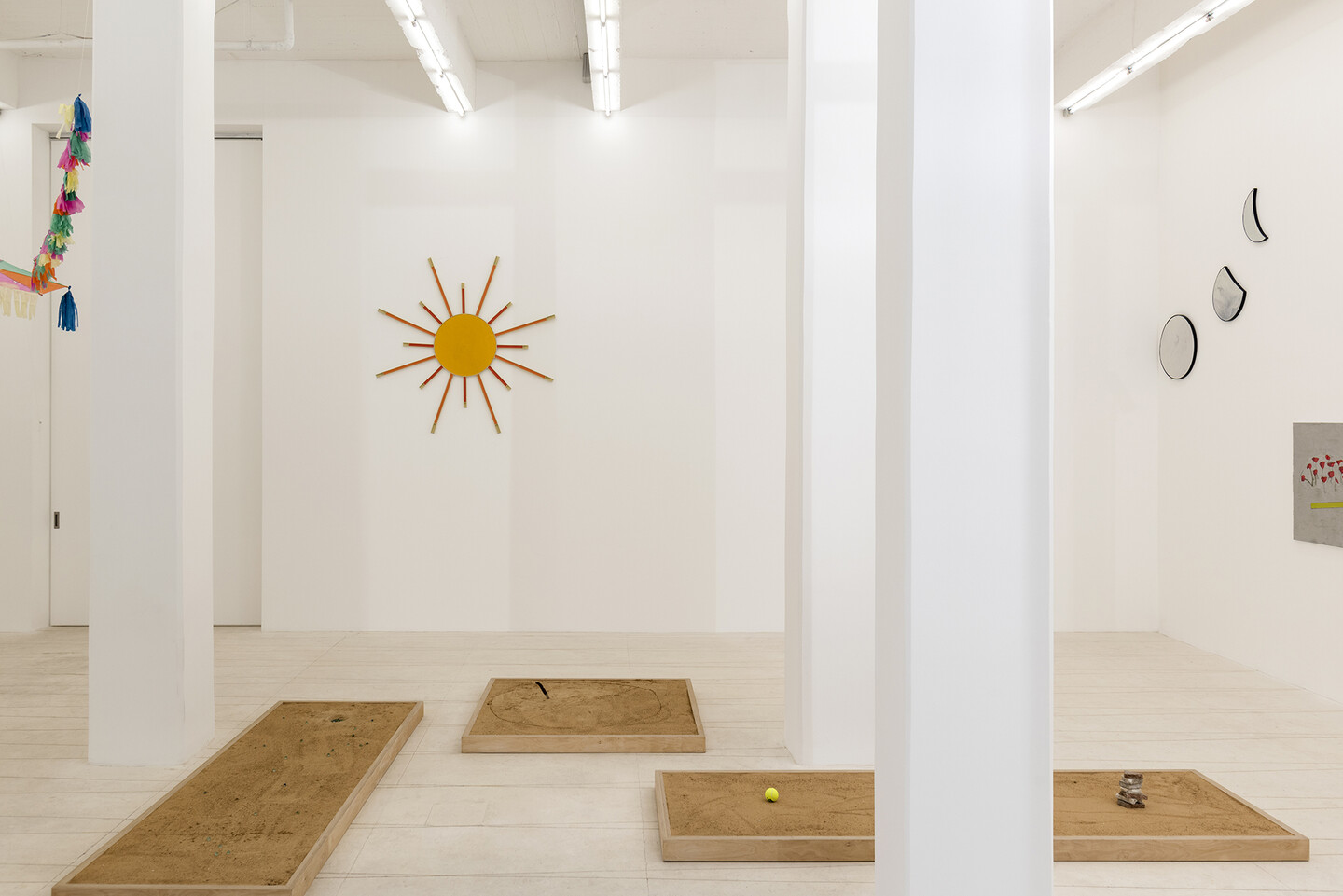

beeswax, oil paint on iron and wood, ø 181 cm
This concept isn’t new to Rechmaoui, who recently revisited a sketchbook from the 1990s in which he systematically recorded the games of his youth. Replicating these pastimes, he presents here a set of marbles, a kite, a hopscotch outline reproduced with oil pastel on concrete, or a sandbox with a throwing knife.
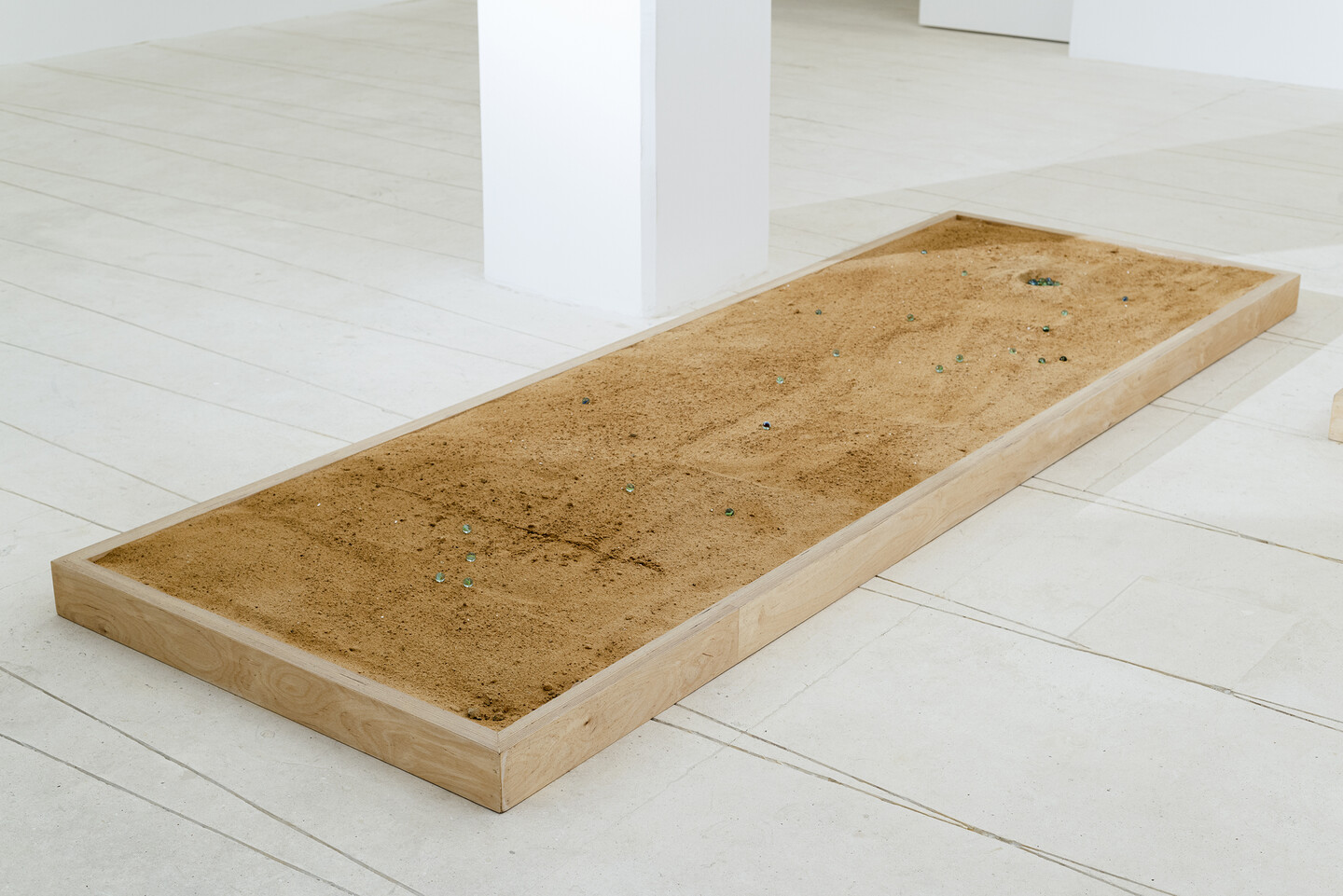
7 heated glass marbles, sand, wood, 300 × 100 × 10 cm
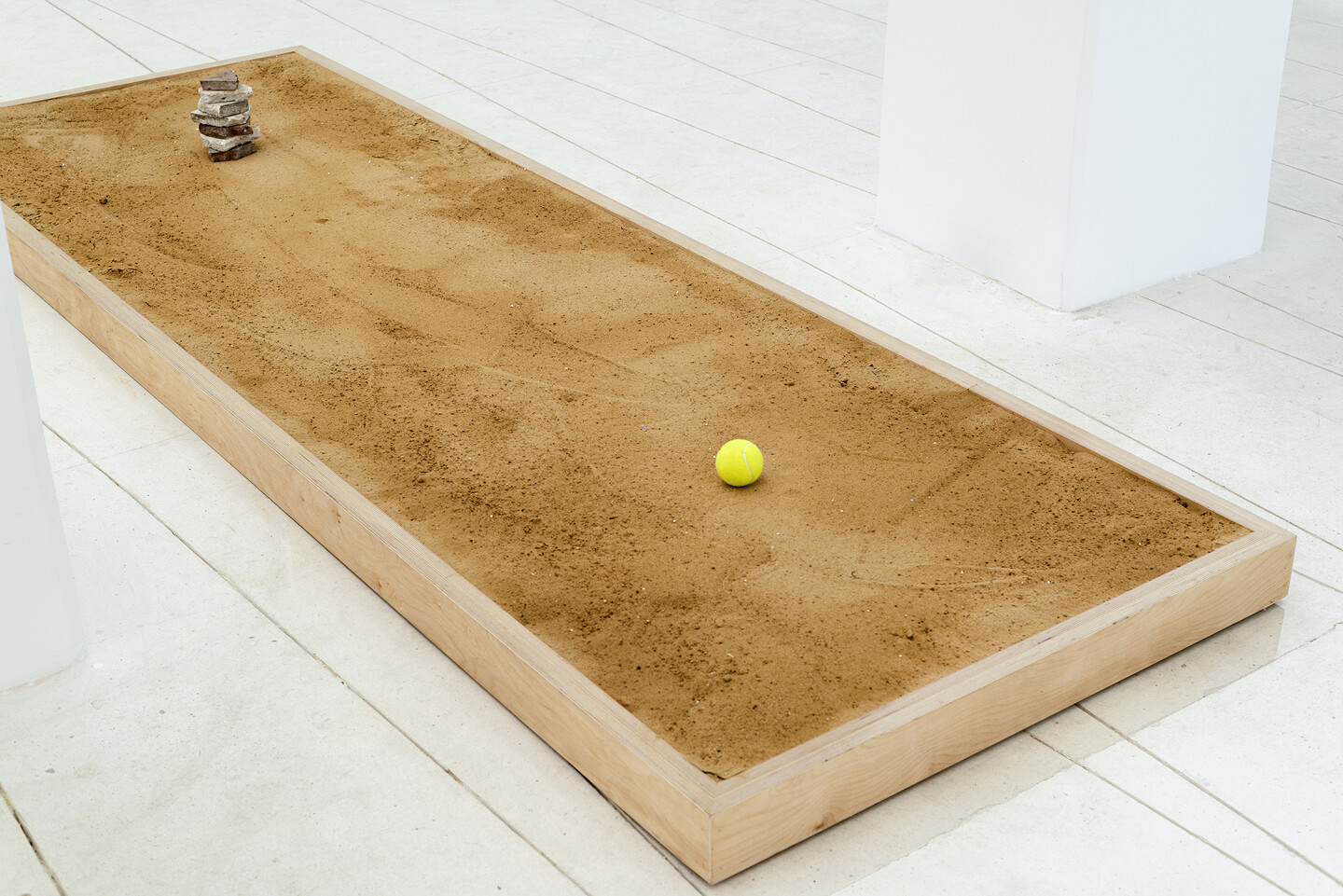
7 stones, tennis ball, sand, wood, 300 × 100 × 10 cm

stainless steel and wooden knife, sand, wood, 1500 × 1500 × 10 cm
The innocuous feel of these playful installations is reinforced by the works hanging on the walls: poetic representations of pine trees, flowers, cotton candy, ice cream sticks or clouds made with molten beeswax, mixed with colour pigments, and embedded in concrete.
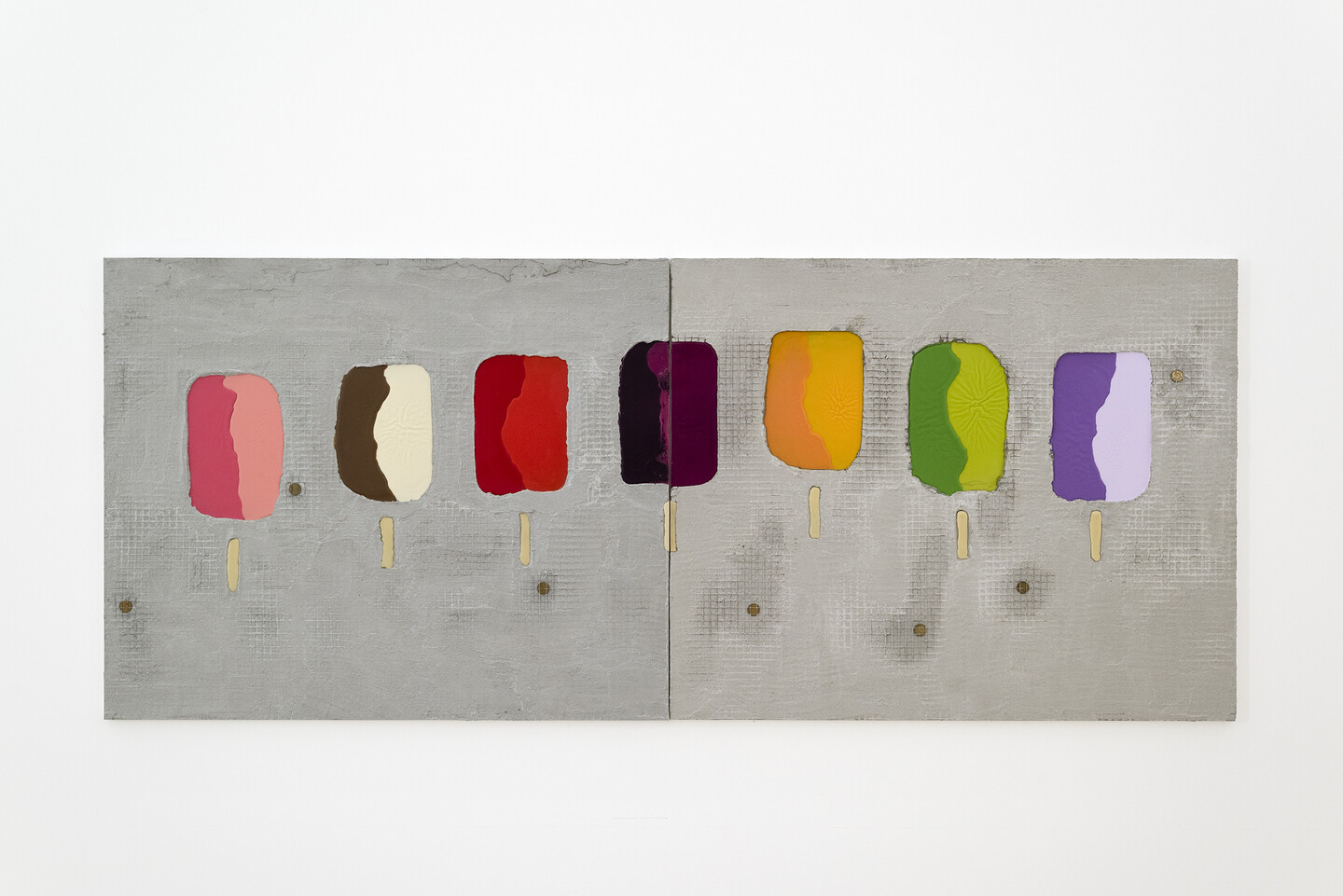
grout, beeswax, oil paint and coins on aluminium, dyptich 89 × 109 cm each
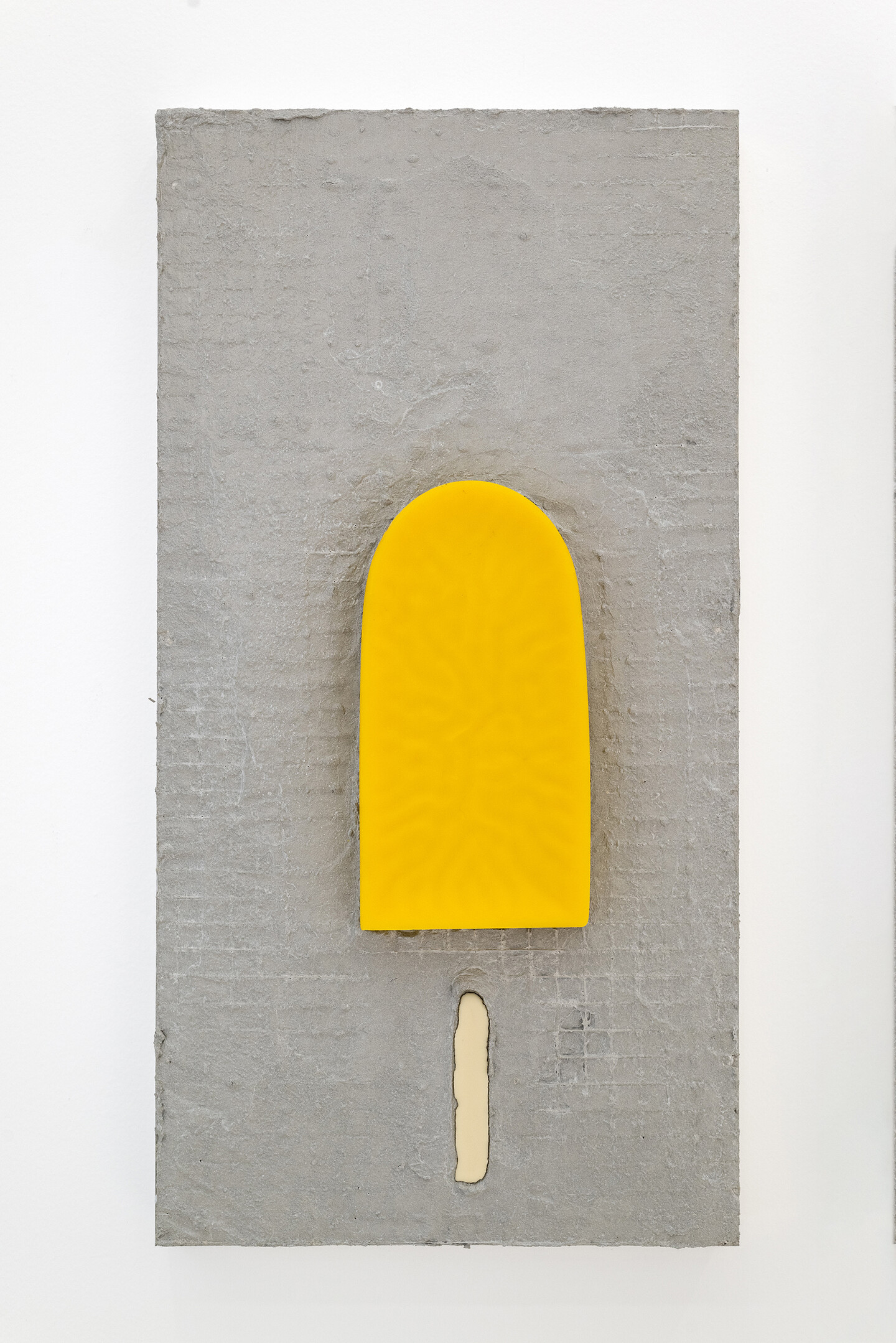
grout, beeswax, oil paint on aluminium, 54.5 × 28 cm
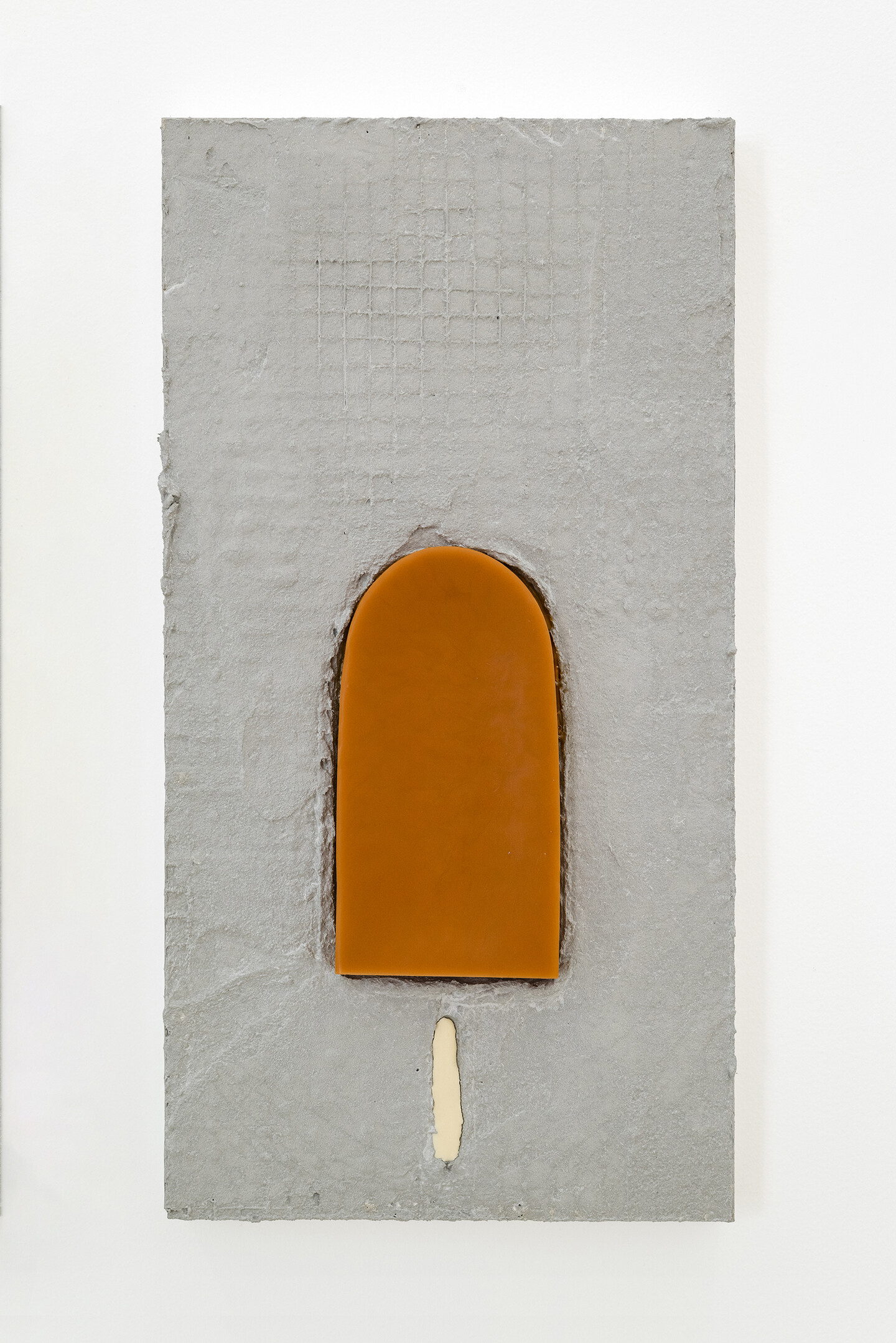
grout, beeswax, oil paint on aluminium, 54.5 × 28 cm

grout, beeswax, oil paint on aluminium, 54.5 × 28 cm
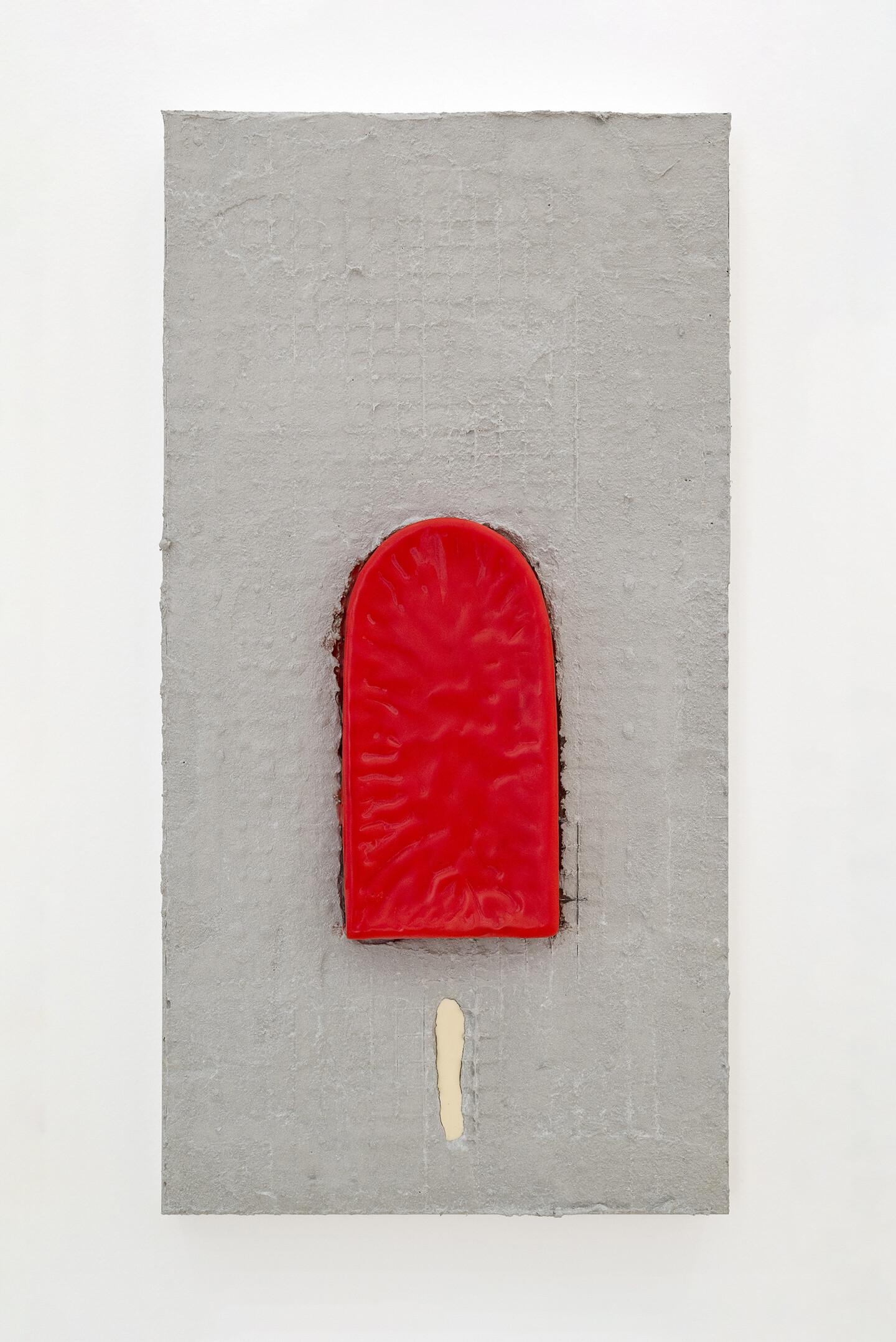
grout, beeswax, oil paint on aluminium, 54.5 × 28 cm
At the level of their miniature worlds, children engaging in these activities often adhered to strict social hierarchies. The possession of a coveted toy (a ball, a bicycle, or even the inflatable tube of a tire used to float on water for example) placed one at the apex of the social order. Those displaying exceptional speed, strength, or intellect also ascended the hierarchy. This enduring culture of competition ingrained in childhood experiences persists today, despite the evolution of games in the digital age, and still translates into our stratified societies.

beeswax, oil paint on iron and wood, 33 × 24 cm
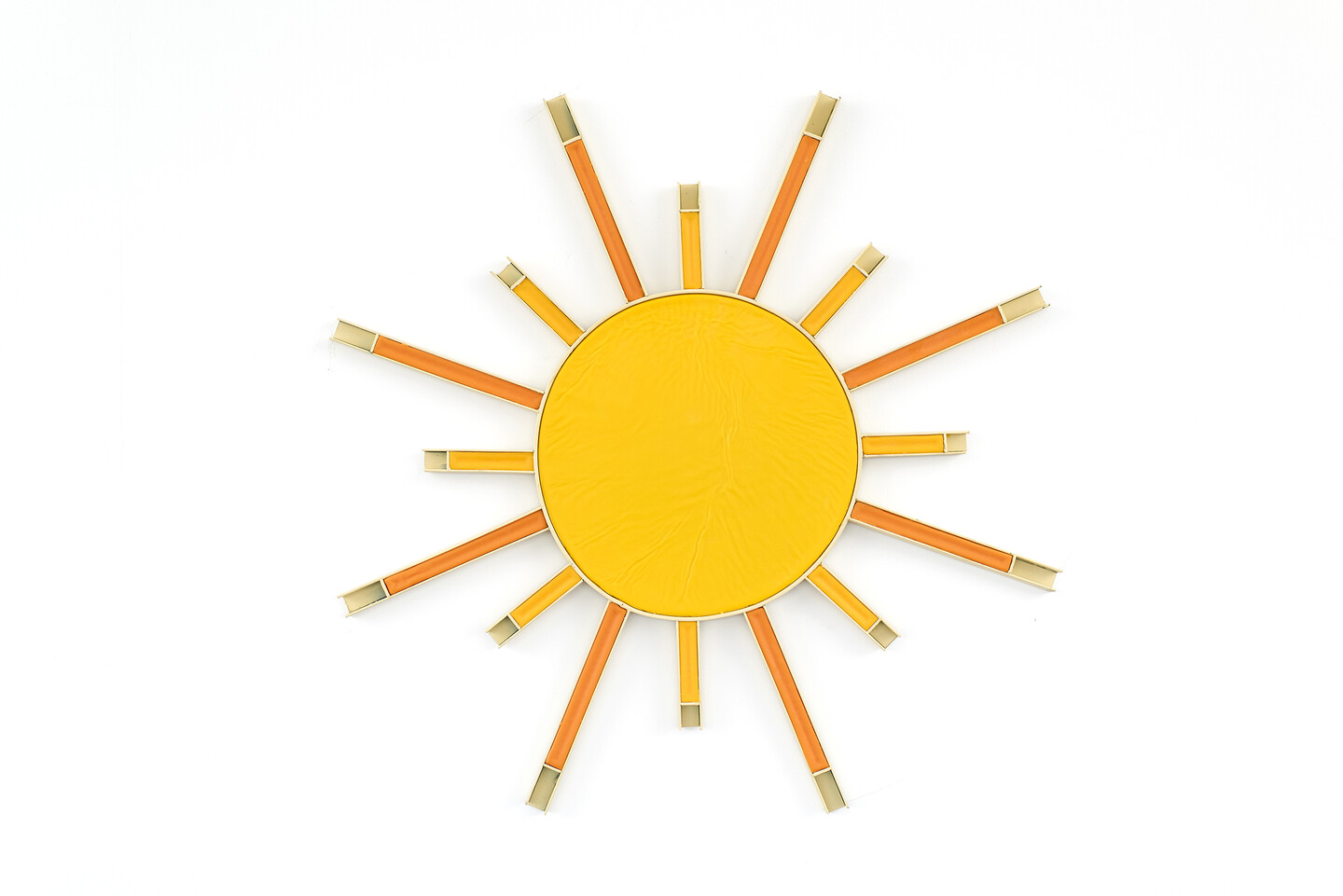
beeswax, oil paint on iron and wood, ø 105 cm

beeswax, oil paint on iron and wood, ø 60 cm (full moon), 45 × 40 cm (waxing gibbous), 46 × 33 cm (waning crescent)
Beneath this seemingly joyful atmosphere, Rechmaoui’s works propose a deeper social commentary inspired from Roland Barthes’ essay “Toys”, in which the author argues that toys are essentially a microcosm of the adult world. In other words, childhood play shapes adult identity.
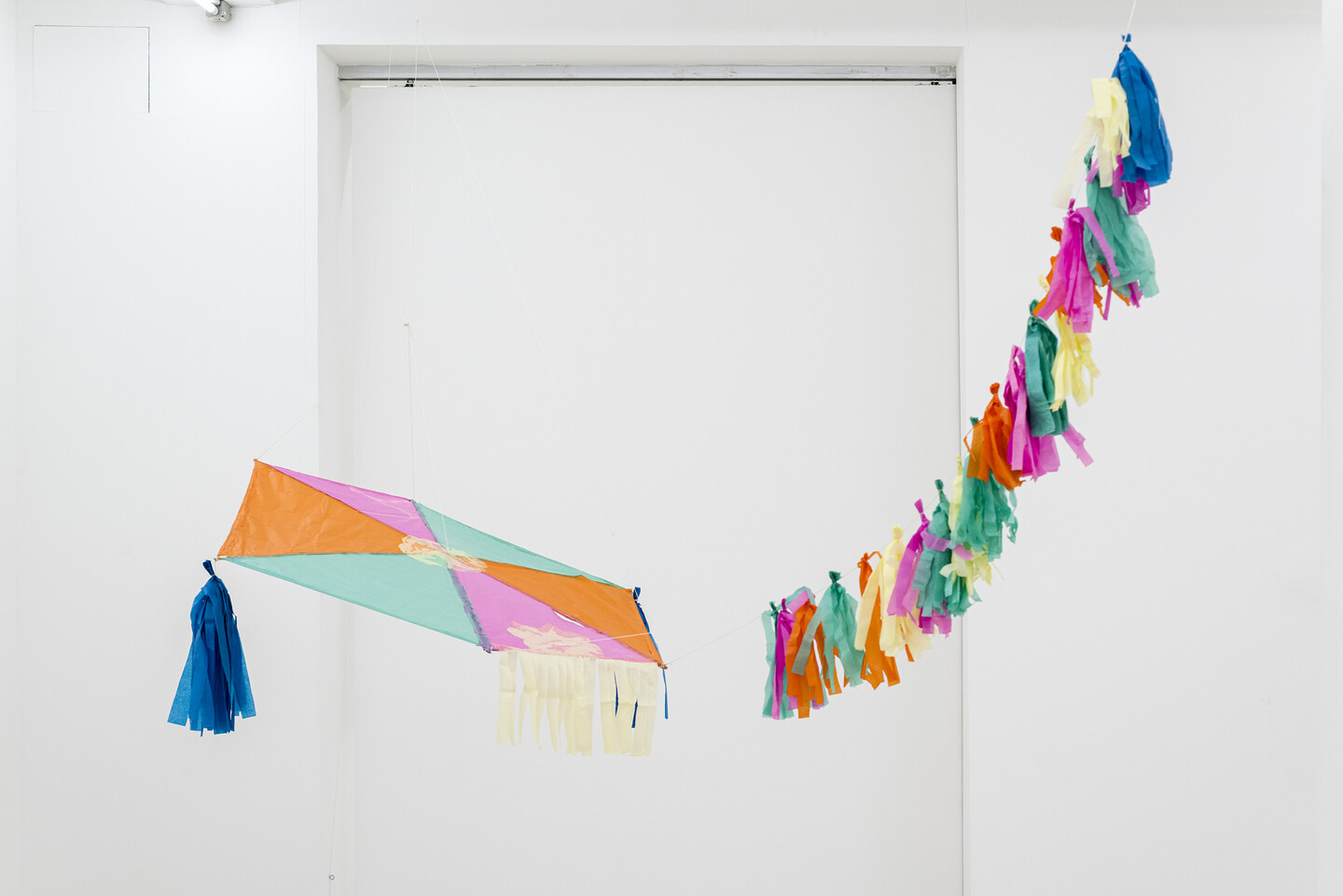
silk paper, 320 × 120 cm

grout, beeswax, oil paint on aluminium, 89 × 109 cm
In this most recent series, Rechmaoui reflects on his own upbringing, and while he chases back these moments of untainted joy from his youth, he also draws connections between war and play. Suggesting that every game, by designating winners and losers, represents a form of symbolic killing of the latter, he presents several that harbor seeds of violence. Considering Lebanon’s context, it’s not difficult to link the games played by militia fighters during the Lebanese civil war and the ones they enjoyed in their youth.
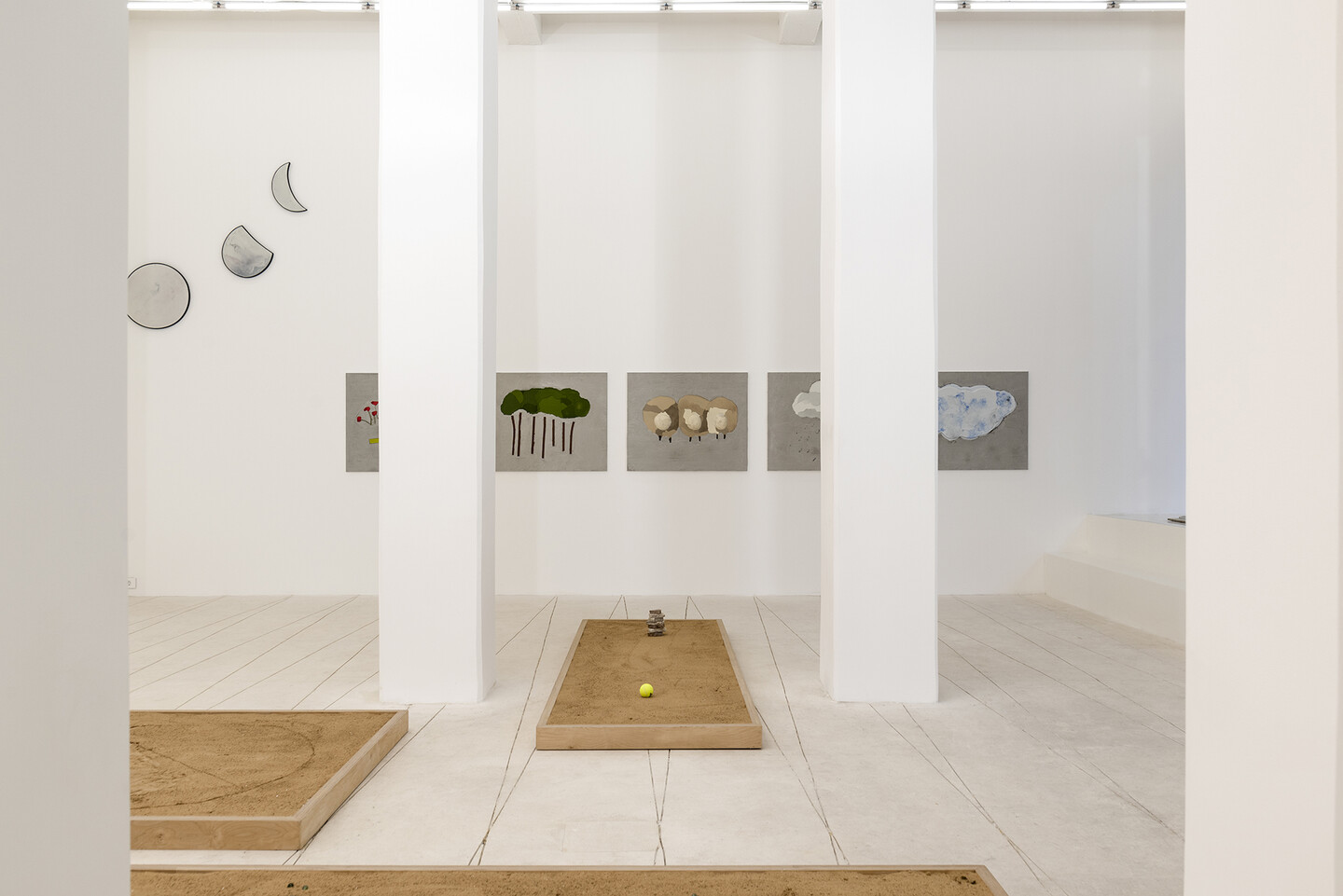
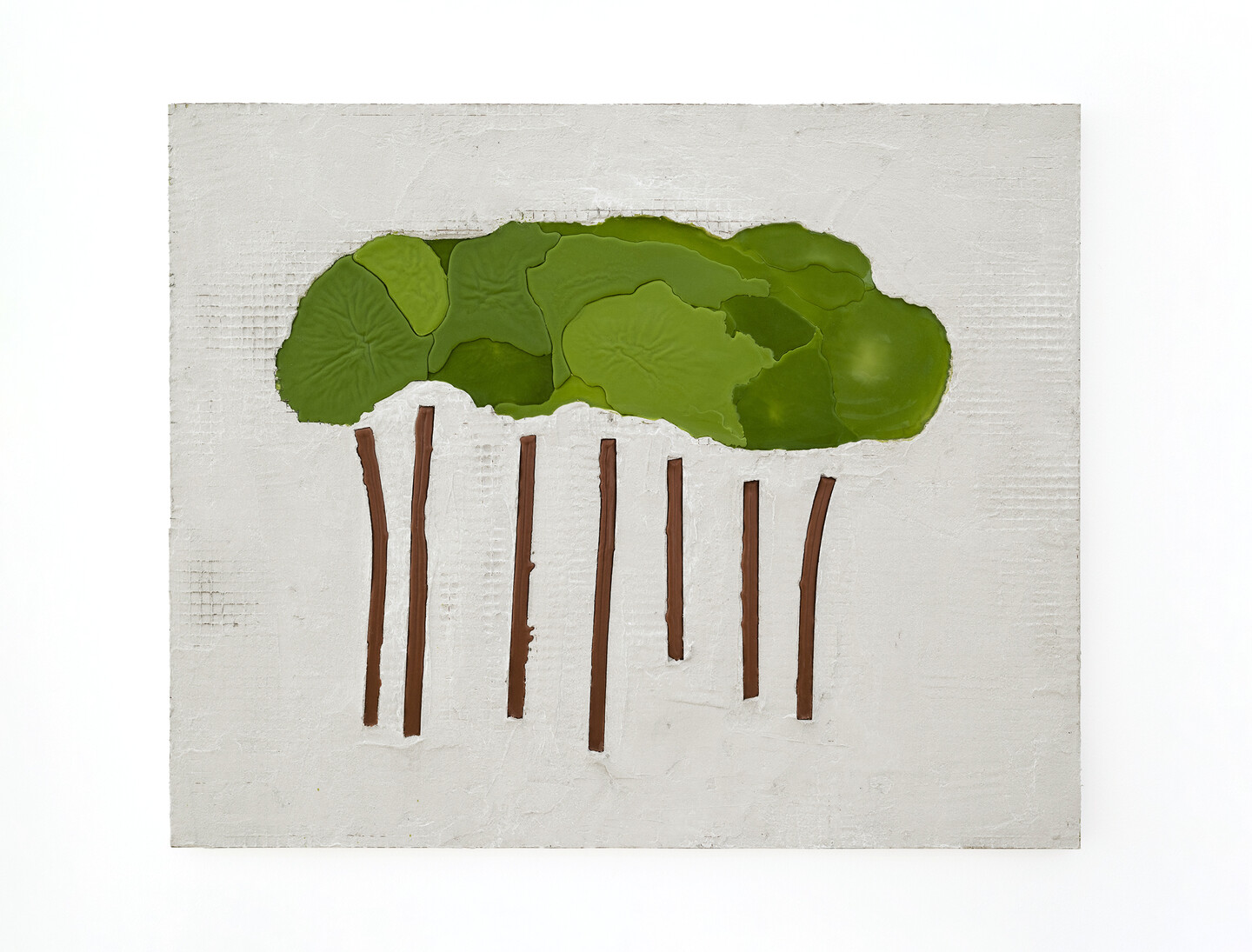
grout, beeswax, oil paint on alluminium, 89 × 109 cm
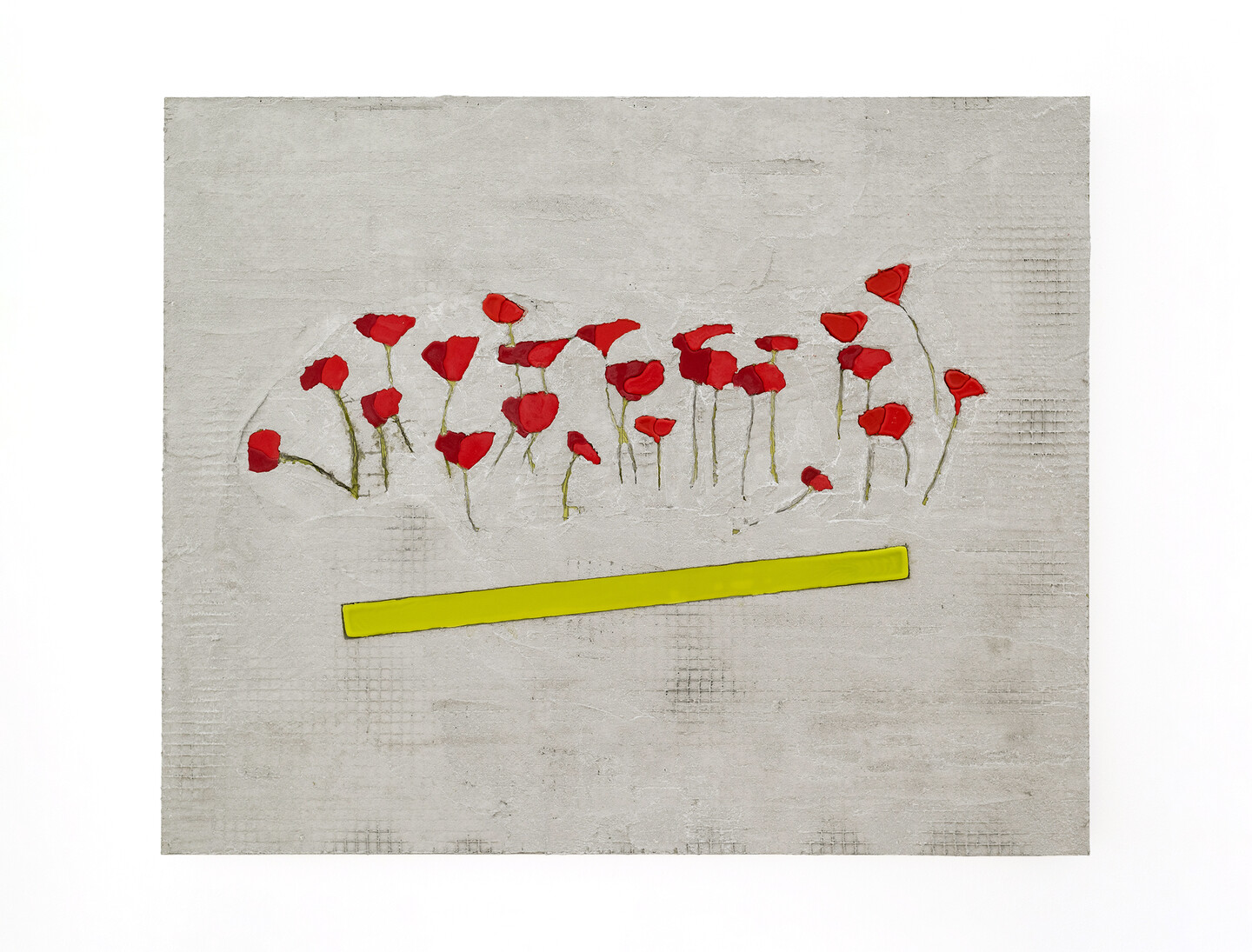
grout, beeswax, oil paint on aluminium, 89 × 109 cm
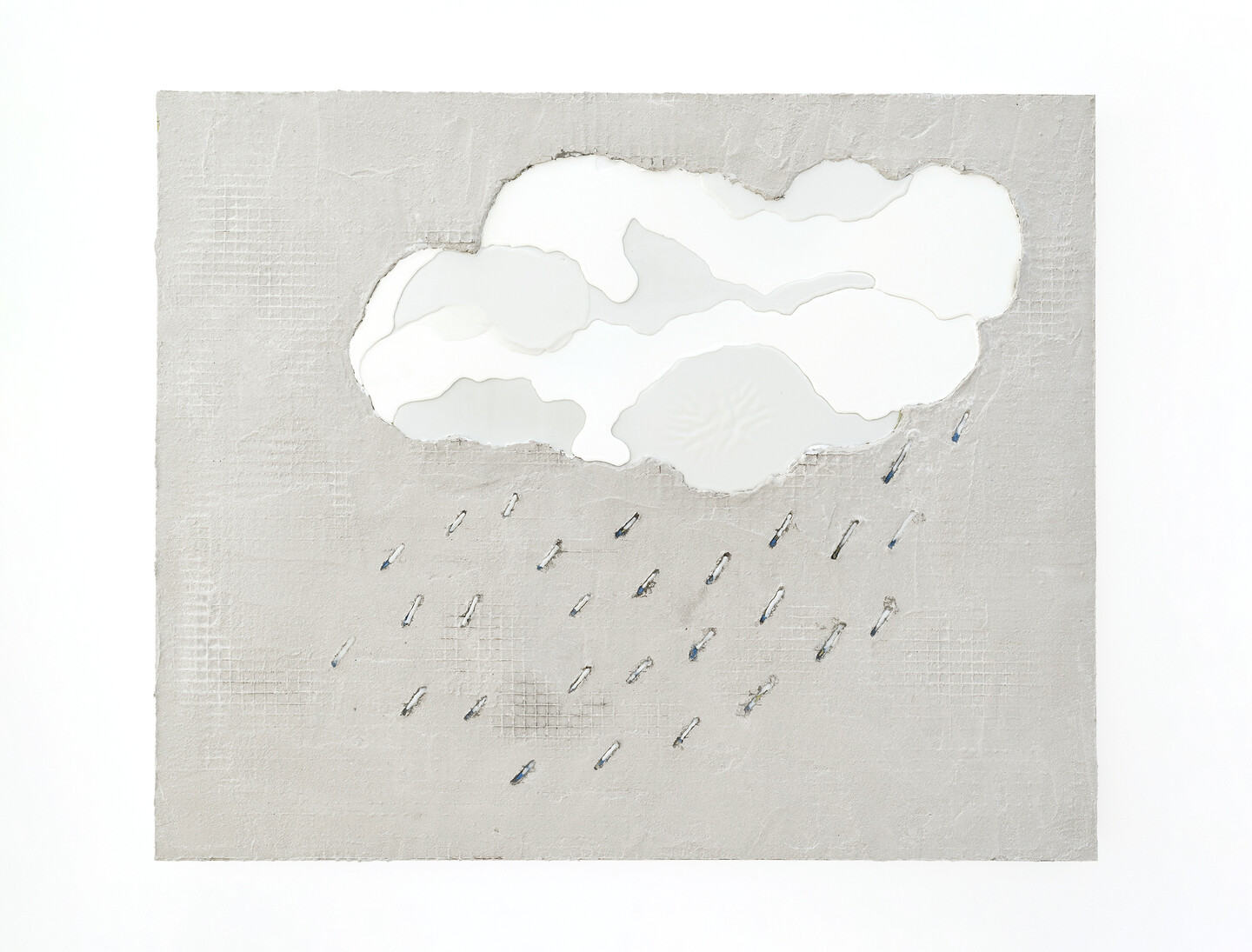
grout, beeswax, oil paint on aluminium, 89 × 109 cm
While manufactured toys were prevalent in many places, Rechmaoui’s childhood games were often improvised. Whether stacking seven stones, crafting a makeshift cart from salvaged wood, or drawing a checkerboard on the sidewalk to challenge a friend to a game using recuperated bottle caps, Rechmaoui’s playground, overlooked by his wax and concrete bright sun, tell us that the essence of play transcends materials. No matter what is used, whether handcrafted, traditionally made, or mass-produced toys, play remains a universal language, enabling children regardless of where they come from, regardless of the context or era in which they are growing, to communicate and understand one another.

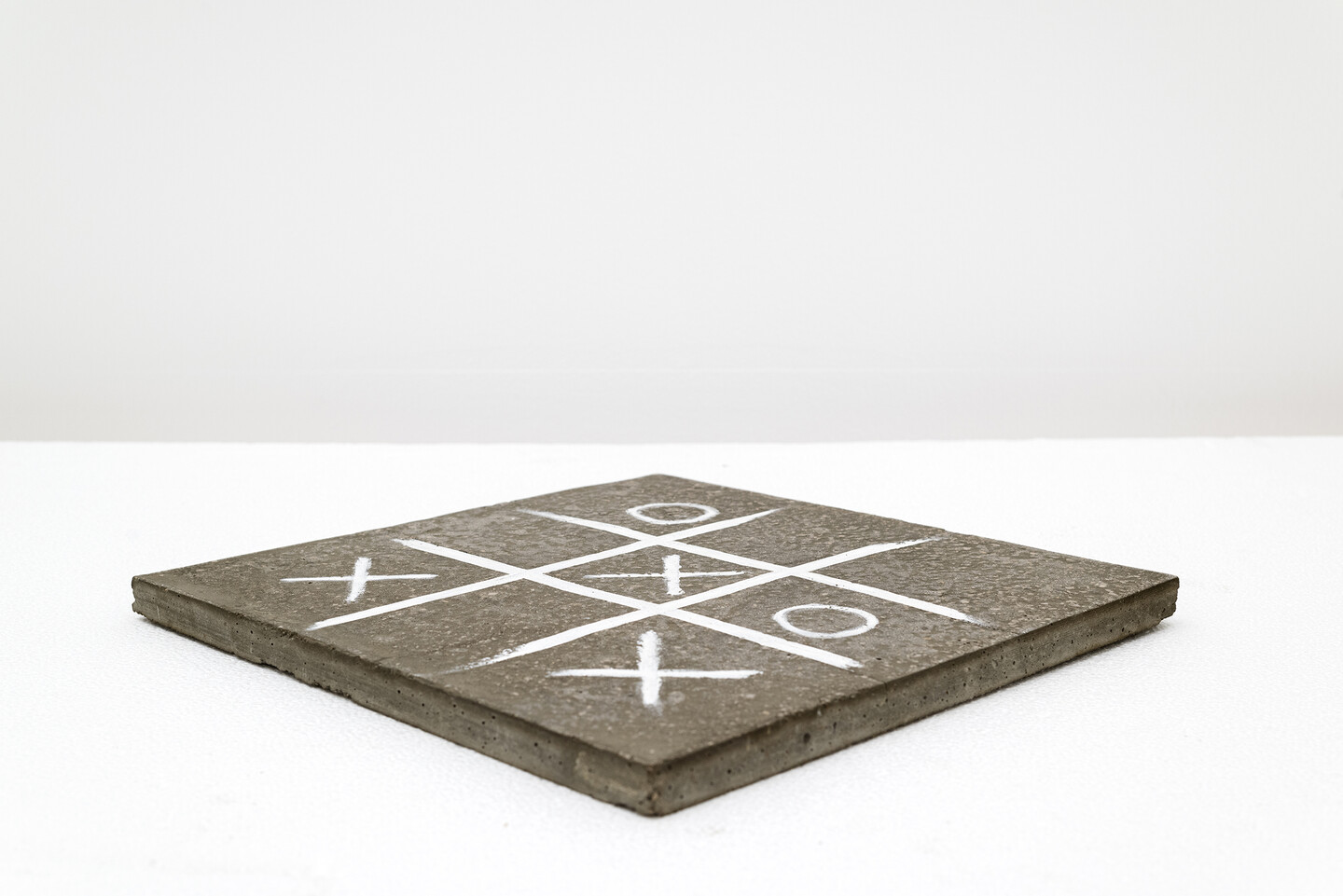
oil pastel on grout, 36 × 36 × 2 cm
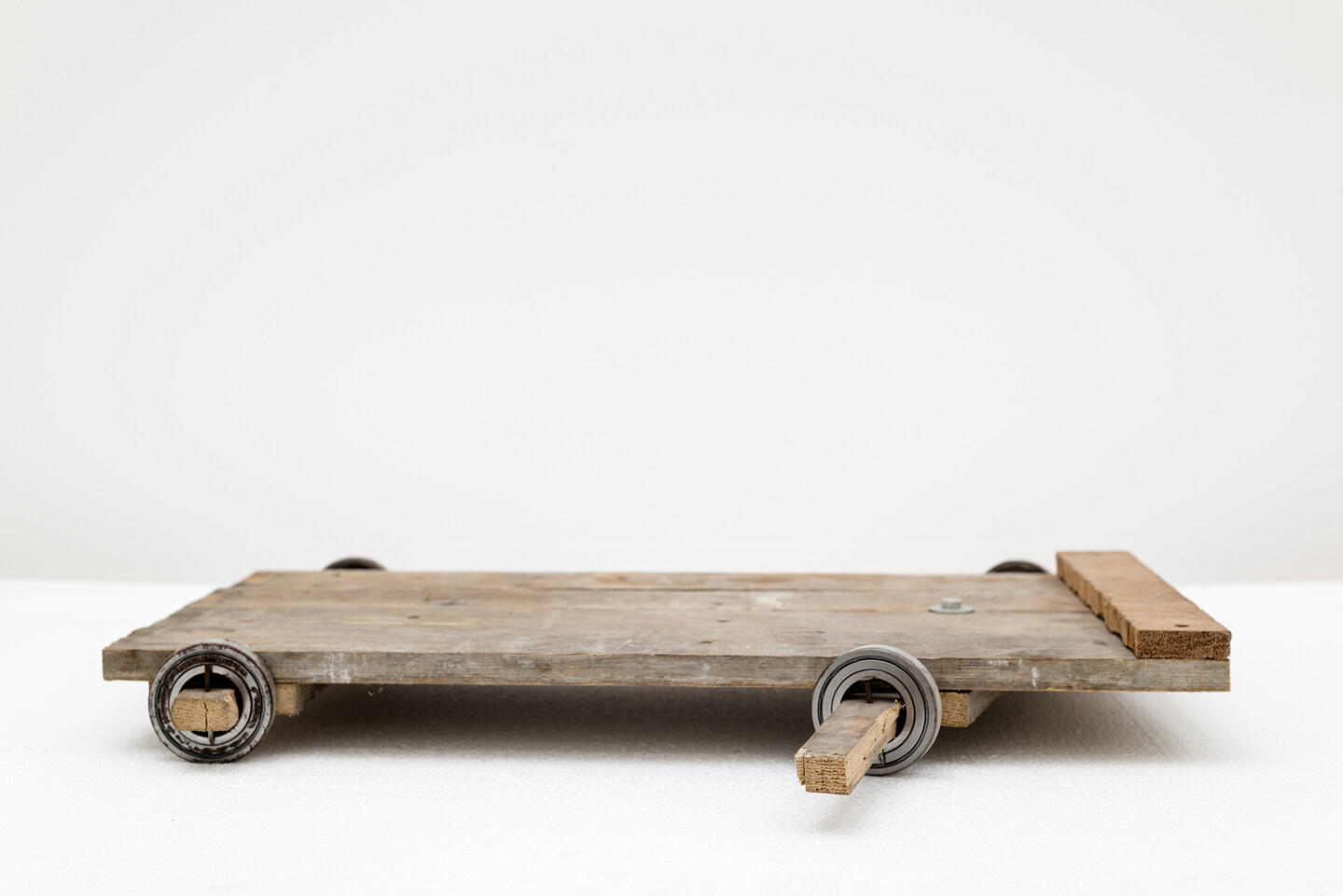
wood and metal, 35 × 65 cm
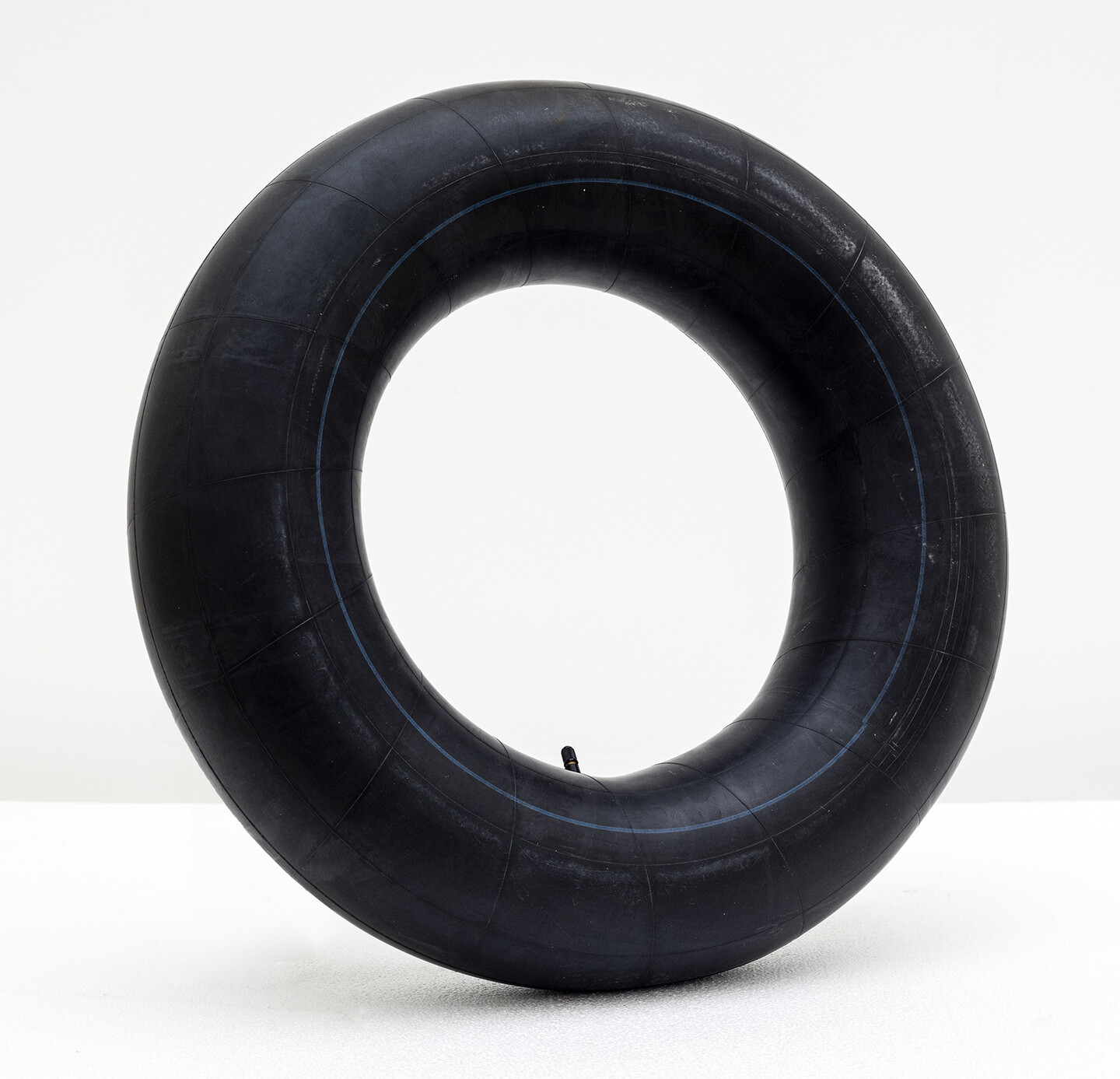
Rubber, ø 60 cm

9 grout elements, oil pastel, overall dimensions: 337, 3 × 100 × 2 cm, 8 elements: 50 × 50 cm each, 1 semi-circle 75,2 × 37,3 cm
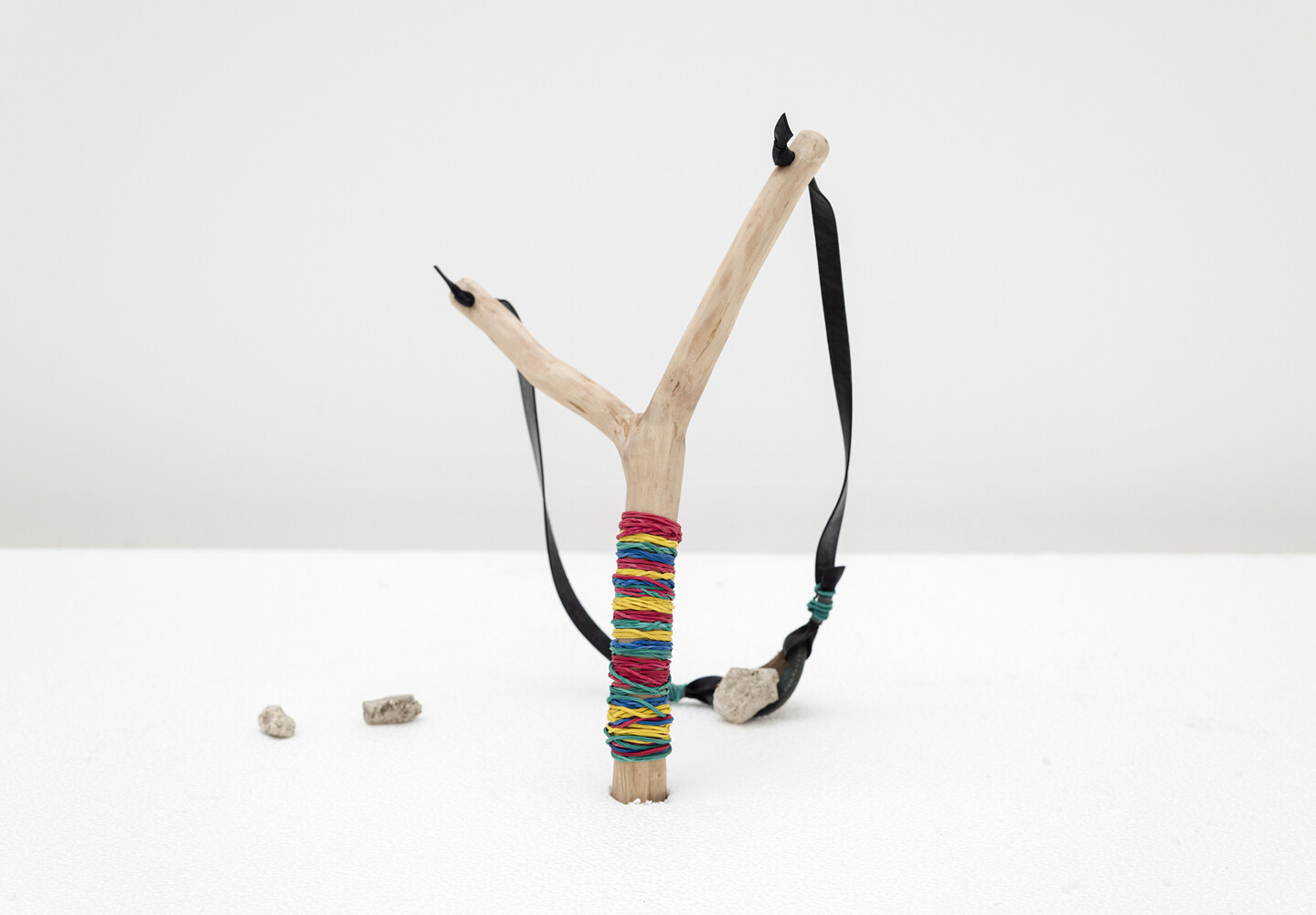
wood, rubber, stones, leather, 35 × 65 cm
Rechmaoui bases this new series of works on thorough cataloguing. Through innocent play, he offers a new perspective on power dynamics, inviting viewers to reconsider the intersection of childhood ingenuity and societal complexity.
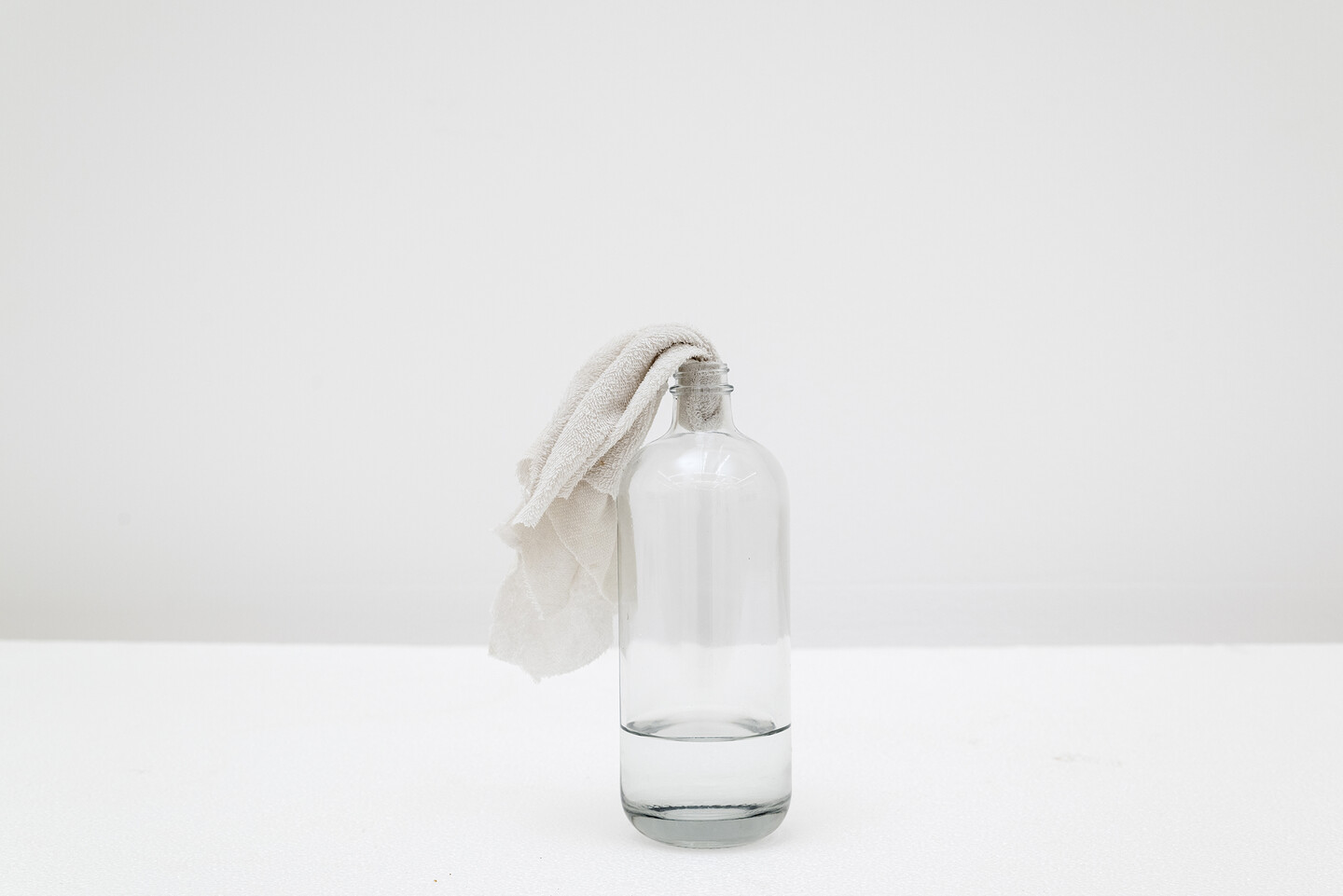
glass bottle and cloth, 28 × 4 cm